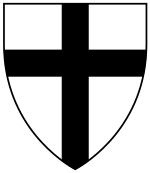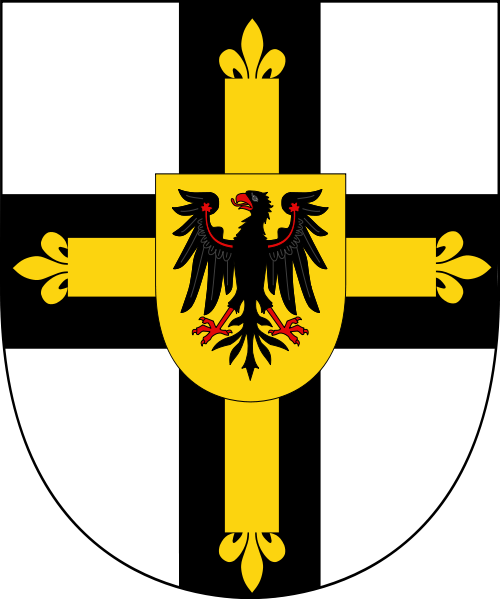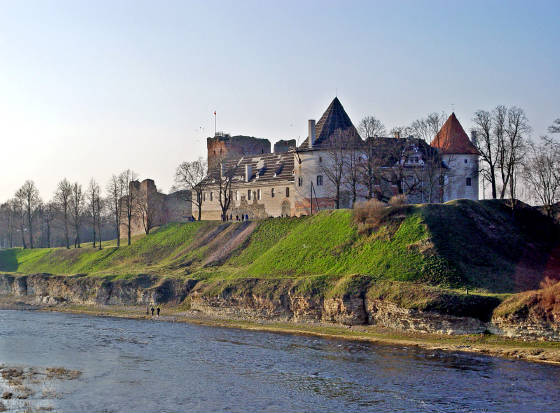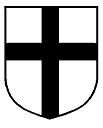 |
|
Bauska Castle - Zemgale - Latvia Bauska Castle (Latvian: Bauskas pils; German: Schloss Bauske) is a complex consisting of the ruins of an earlier castle and a later palace on the outskirts of the Latvian city of Bauska. The castle, the remains of which were recently restored, stands on the narrow peninsula at the confluence of the rivers Mūša and Mēmele where they form the Lielupe river. In ancient times, the hill was the site of an ancient Semigallian fortress. The first stone buildings were established between 1443 and 1450 by the Livonian branch of the Teutonic Knights and construction continued till the end of the 16th century. The old section of the castle featured a great watch tower, 3.5 meter thick walls, a prison under the tower, a garrison and a drawbridge at the gates.
Construction started under the rule of the Master of the Livonian Order, Heidenreich Vinke von Overberg (1439 – 1450). The castle was intended to strengthen the Order's power over Semigallia, to protect the border with the Grand Duchy of Lithuania and to control the trade route from Lithuania to Riga. The castle was both the military stronghold and the administrative centre of the area. After the collapse of the Livonian Order in 1562, Bauska Castle became one of the residences of the Dukes of Courland, for whom a new adjacent wing was built in the 17th century. In 1568, 1590 and 1601 the Landtags of Duchy of Courland and Semigallia were held here. In 1706, during the Great Northern War, both castle and palace were blown up by the retreating Russians and left unrestored. Only ruins remain from the seat of the Livonian order. The palace, however, is fully restored and can be visited daily during the summer months. Visitors can explore the castle, visit the museum, eat in the café and climb the castle keep lookout tower, which has a panoramic view of the surrounding city and countryside.
|





